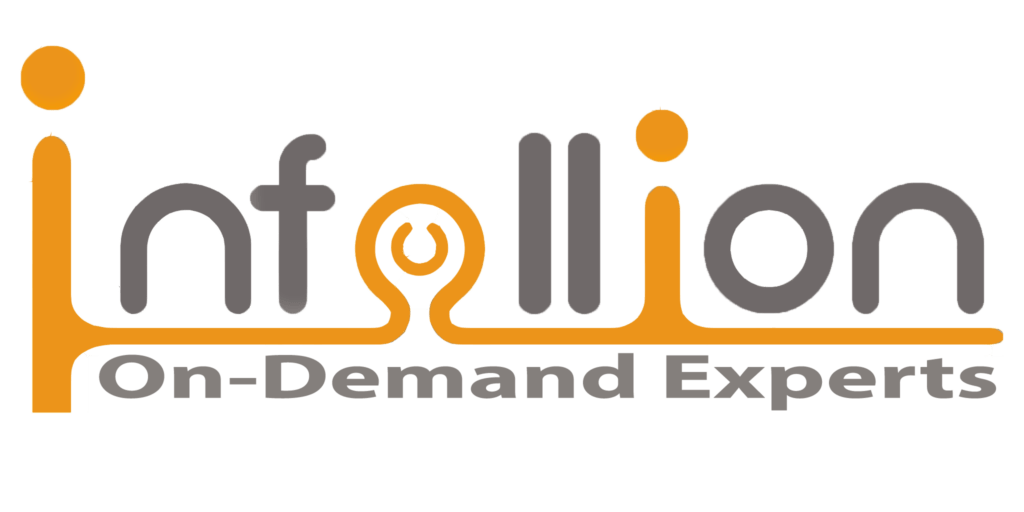Program Overview
This program is designed to help logistics and supply chain professionals optimize both inbound and outbound flows across the value chain. Participants will learn how to coordinate supplier deliveries, consolidate shipments, reduce detention costs, and enhance warehouse receiving efficiency. On the outbound side, the course explores route optimization, network alignment, vehicle utilization, and customer delivery performance. The training combines real-world logistics KPIs, case studies, and simulations to drive efficiency, responsiveness, and cost control. Topics include milk runs, cross-docking, reverse logistics triggers, and smart planning through digital tools.
Features
- Map and streamline inbound supply routes, ASN coordination, and warehouse receiving
- Reduce logistics costs through network rationalization and transportation control
- Optimize outbound distribution through route planning and load consolidation
- Monitor and improve logistics KPIs like freight per unit, OTIF%, and turnaround time
Target audiences
- Logistics Managers
- Warehouse Operations Executives
- Procurement & Distribution Teams
- Transport Planners
Curriculum
- 5 Sections
- 24 Lessons
- 1 Day
Expand all sectionsCollapse all sections
- Logistics as a Strategic Driver in SCM5
- 1.1Concepts: Flow of goods vs flow of information, Total Logistics Cost
- 1.2Keywords: 1PL to 5PL, Lead Logistics Provider (LLP), Freight Terms
- 1.3Situational Focus: Rising freight cost without visibility
- 1.4Real-life Insight: Global electronics company reducing inbound complexity through 4PL
- 1.5Exercise: Map your inbound & outbound logistics touchpoints and gaps
- Inbound Logistics Optimization5
- 2.1Concepts: Supplier-Managed Transport, Consolidation Points, ASN (Advance Shipping Notice)
- 2.2Keywords: Dock Scheduling, Unloading Efficiency, Detention Charges
- 2.3Situational Focus: Frequent inbound delays from multiple tier-2 vendors
- 2.4Real-life Insight: Auto OEM shifted to milk-run inbound model to cut loading idle time
- 2.5Exercise: Simulate inbound flow from 3 suppliers and optimize for cost & time
- Outbound Logistics Efficiency5
- 3.1Concepts: Delivery Commitments, Dispatch Windows, Packaging Compatibility
- 3.2Keywords: OTIF, Freight Cubing, Backhaul Planning
- 3.3Situational Focus: Missed SLAs due to poor outbound capacity utilization
- 3.4Real-life Insight: Paint manufacturer used route optimization to reduce outbound costs by 18%
- 3.5Exercise: Route redesign using outbound load data + customer delivery windows
- Integrated Transport & Warehouse Planning5
- 4.1Concepts: Syncing dispatch & dock availability, real-time rescheduling
- 4.2Keywords: TMS, YMS (Yard Mgmt System), Dock Slotting, WMS Integration
- 4.3Situational Focus: Queuing and idle time despite warehouse readiness
- 4.4Real-life Insight: FMCG plant reduced queue time using real-time slotting
- 4.5Exercise: Evaluate warehouse-dispatch misalignment in a mock operation
- KPI Tracking & Control Towers4






